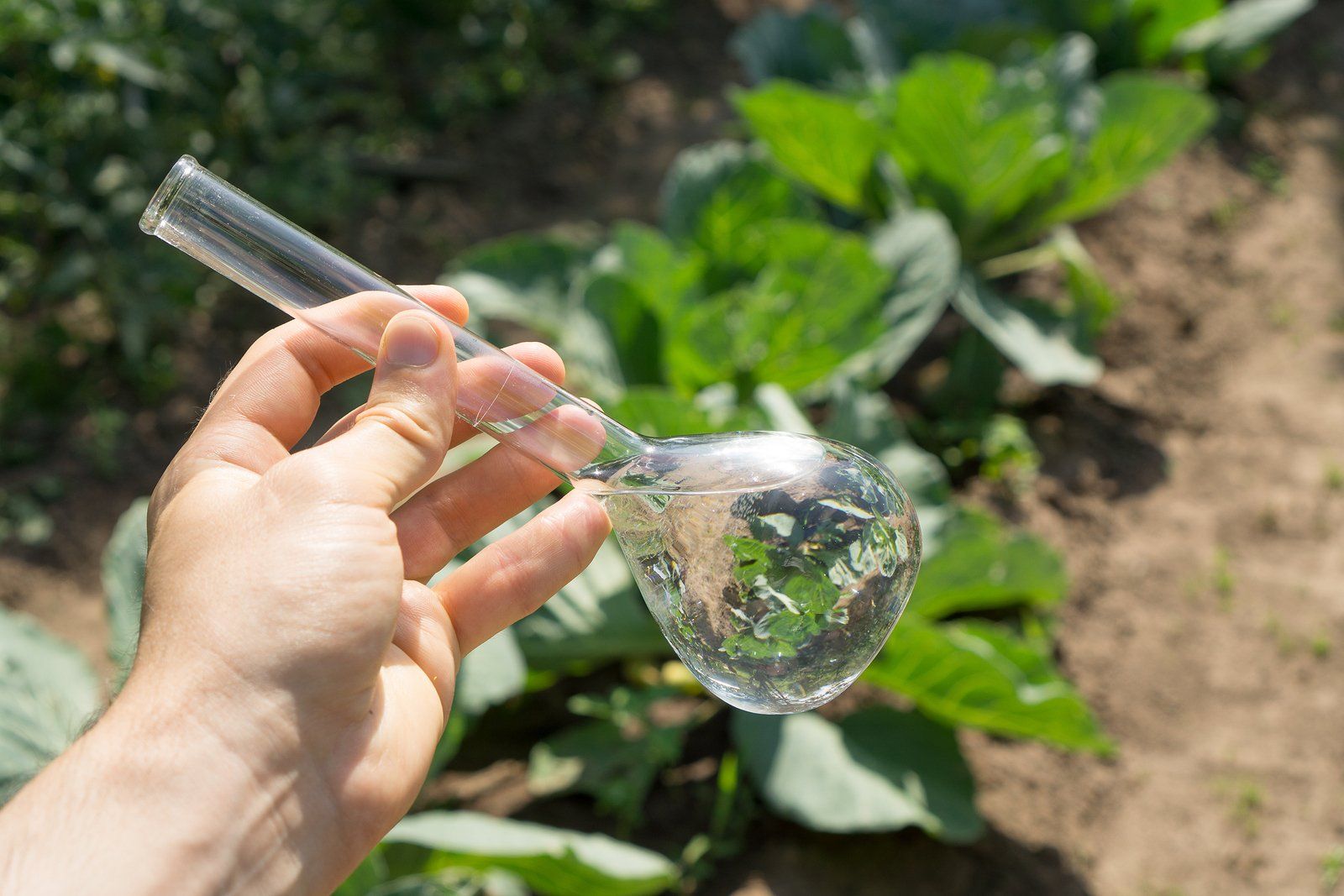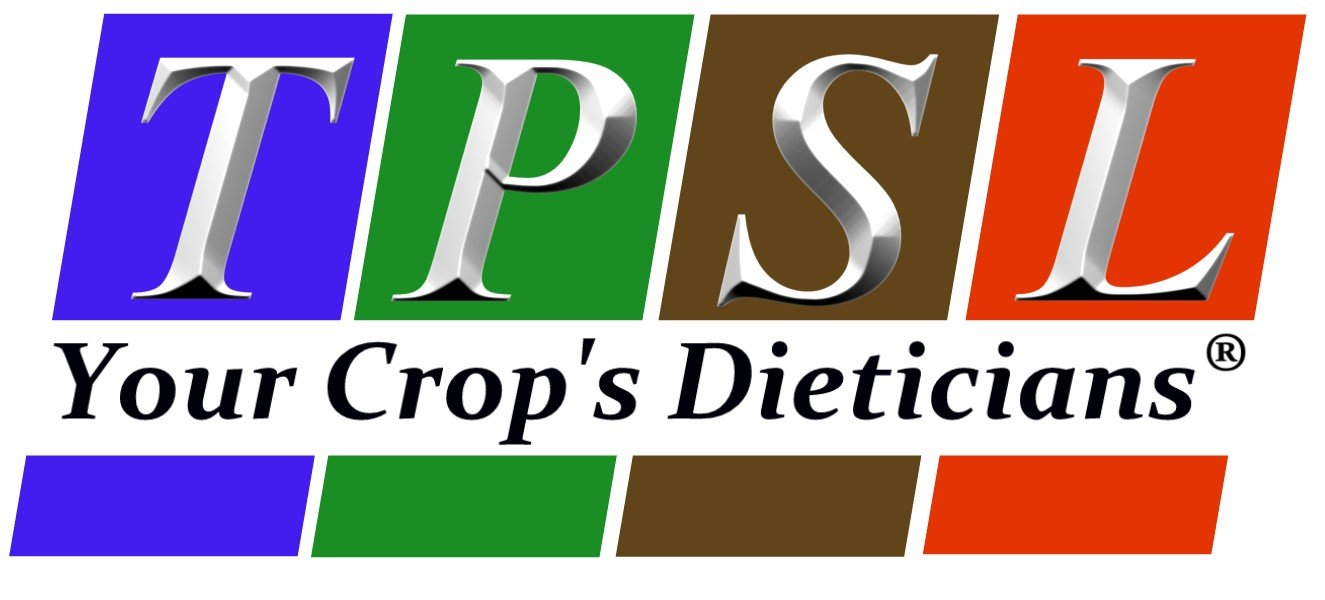The Increasing Need for Plant Tissue Analysis
The Increasing Need for Plant Tissue Analysis in Modern Agriculture

Understanding the Modern Agricultural Landscape
In today's agriculture, achieving top yields and ensuring the highest quality produce are paramount. Additionally, farmers aim for profitable yields to sustain their operations. To meet these demands, plant tissue analysis has emerged as an invaluable tool in crop production.
The Complex Journey to Quality and Profitability
Achieving top quality and profitable yields is a complex process influenced by various factors. These include adequate moisture and fertility, proper plant population, selecting adapted varieties, and managing disease and insect resistance. Among these, one critical factor is the nutrient status of the plant, which refers to the flow of nutrients to plant tissues during the growing season. Unlike other factors such as plant population or rainfall, which can be easily measured, nutrient status is an "unseen" element in plant growth. Deficiencies in nutrients often only become apparent when they are severe enough to cause visible symptoms.
The Role of Plant Tissue Analysis
Determining the nutrient status of plants requires precision laboratory analysis of plant tissue samples during the growing season. This analysis reveals the nutrient status and can detect hidden hunger before it manifests as visual symptoms.
Benefits of Plant Tissue Analysis
A plant tissue analysis provides several key benefits:
- Detection of Hidden Deficiencies: By showing the nutrient status of the plants during the growing season, tissue analysis can detect nutrient deficiencies before they become visually apparent.
- Confirmation of Symptoms: Tissue analysis can confirm visual deficiency symptoms, aiding in accurate diagnosis and treatment.
- Timely Corrective Actions: When performed on young plants, tissue analysis allows for corrective fertilizer applications within the same season.
- Comprehensive Nutrient Management: Combined with soil analysis data, tissue analysis helps determine the proper fertilizer applications to balance soil nutrient availability with crop nutrient requirements.
What Does a Complete Plant Tissue Analysis Identify?
A comprehensive plant tissue analysis will identify the nutrient status of the following elements:
- Nitrogen
- Sulfur
- Phosphorus
- Potassium
- Magnesium
- Calcium
- Sodium
- Iron
- Manganese
- Boron
- Copper
- Zinc
Proper Collection and Preparation of Samples
For accurate results, proper collection and preparation of plant tissue samples are crucial. Here are some guidelines:
- Collection: Use a clean plastic pail or paper bag to gather the sample. Avoid metal containers as they can contaminate the sample. For young plants, collect approximately one pint of lightly packed material.
- Cleaning: If samples have soil, fertilizer, dust, or spray residues, clean them with a dry brush. For stubborn residues, use a damp cloth or wash with distilled or deionized water. Do not prolong washing.
- Drying and Mailing: Air-dry the samples and use clean paper bags or envelopes to avoid contamination when mailing them to the laboratory. Never place fresh samples in a plastic bag.
- Exclusion of Roots: Do not include roots with the samples submitted for nutrient analysis.
Incorporating plant tissue analysis into your crop production strategy is essential for achieving top-quality, profitable yields. By providing detailed insights into the nutrient status of your plants, tissue analysis helps you make informed decisions about fertilizer applications, ultimately supporting the health and productivity of your crops. For more information on how our agricultural testing laboratory can assist you with plant tissue analysis, feel free to contact us.
Download this guide for specific sampling instructions for most plants and crops Plant Sampling Guide.
TPS Lab's Blog



